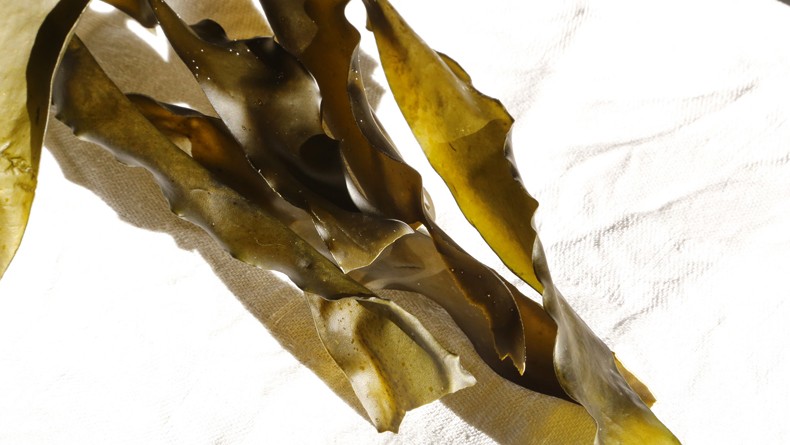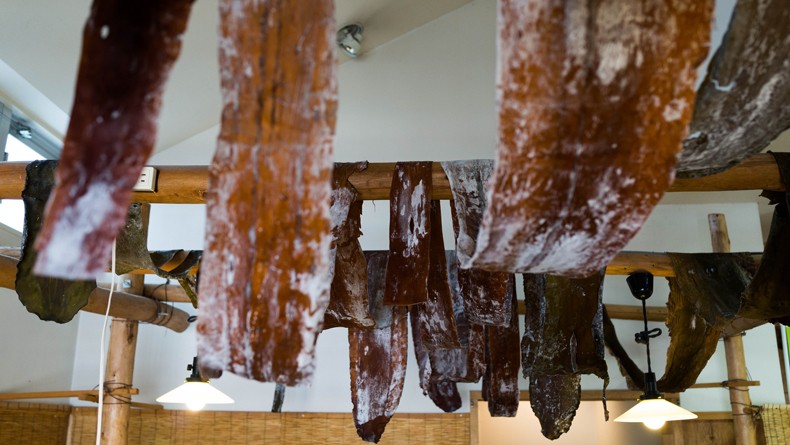Japanese Superfoods: Kombu
Seaweed is one of the outstanding foods that project the uniqueness of the traditional Japanese diet. Seaweed and sea vegetables have been a key ingredient in Japanese cooking for thousands of years, and it has been claimed that this is one of the key factors in the longevity of the population. The Japanese cuisine has seven types of edible seaweed, but here the focus is on one type that is highly nutritious, yet still relatively unknown in the western world: kombu.
What It Is
Kombu (昆布) is a leafy brown kelp that is traditionally grown off the coast of Hokkaido. It is usually sold dried in the supermarket and adds much to the umami flavor of Japanese dishes, as it is the standard ingredient in dashi (the Japanese soup stock equivalent).
Health Benefits
In oriental medicine, kombu is used in supporting the endocrine (hormone producing) and nervous systems in the body. This may be due to the fact that kombu has the highest iodine content of all seaweeds. Iodine is vital in hormone production and normal thyroid function, which is essential for regulating metabolism processes in the body. Iodine is also crucial in proper fetal development during pregnancy. Signs of iodine deficiency can include dry skin, hair loss, hypothyroidism, goiters and fertility issues. As iodine cannot be made in the body, we need to ensure we are consuming this in appropriate amounts in our diets. However, note that excess iodine may be an issue for those who have thyroid conditions or are taking certain medications. It is important to check with your medical practitioner before drastically changing your diet.
Kombu is also high in Vitamins B, C, D and E as well as calcium, iron and germanium, an element great for skin healing. In addition, kombu may also be beneficial for regulating blood sugar, reducing blood cholesterol and blood pressure, alkalizing the body, detoxification, and weight loss.
How to Use It
When kombu is added to grains and beans while cooking, it not only enhances the flavor, but also helps with digestibility and nutrient absorption. This can mean less of the gas producing effect that beans are notorious for. Just add an eight-centimeter sheet of kombu to your rice cooker or pot of beans when cooking to reap these benefits (you can discard the used kombu sheet afterward).
Kombu Dashi
Adapted from Mitoku
This simple vegetarian dashi can be used as a base for soups, stews, noodle broths, or even as a warm, nutrient-rich tea. All of the amazing health properties from the kombu are extracted into the water, so you can discard the kombu sheet after cooking if eating seaweed isn’t your thing. Otherwise, you can slice it up and add it to the dish or save it to add to your salads.
Makes 6 cups
What You Need
15-centimeter sheet of dried kombu
4–6 cups water
What to Do
- Add water and kombu to a saucepan and let soak for 15 to 20 minutes.
- After this soaking time, bring pot to a simmer, uncovered, for five minutes.
- Remove the kombu sheet and you have your dashi ready to use!
The dashi will last in the refrigerator for up to one week.
Photos by Vattenbloggen, Joi Ito, and Andrea Lai.














